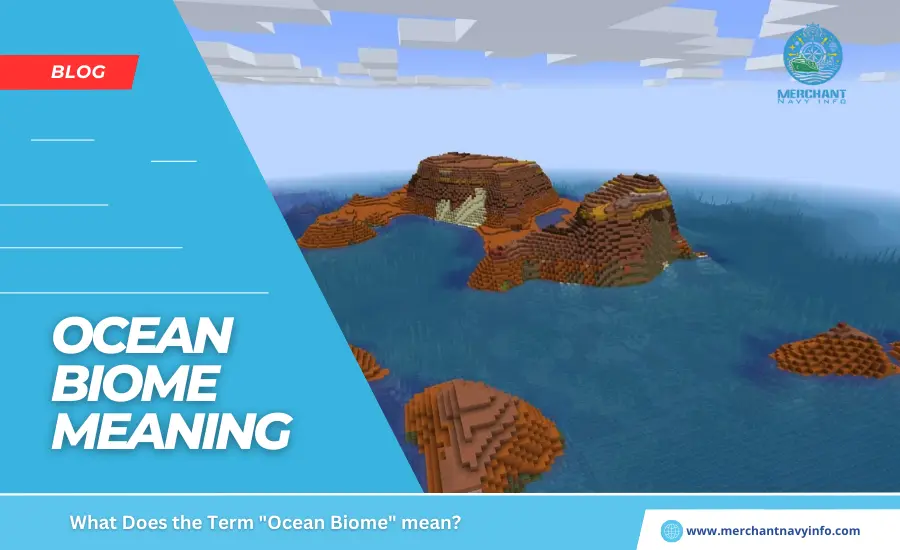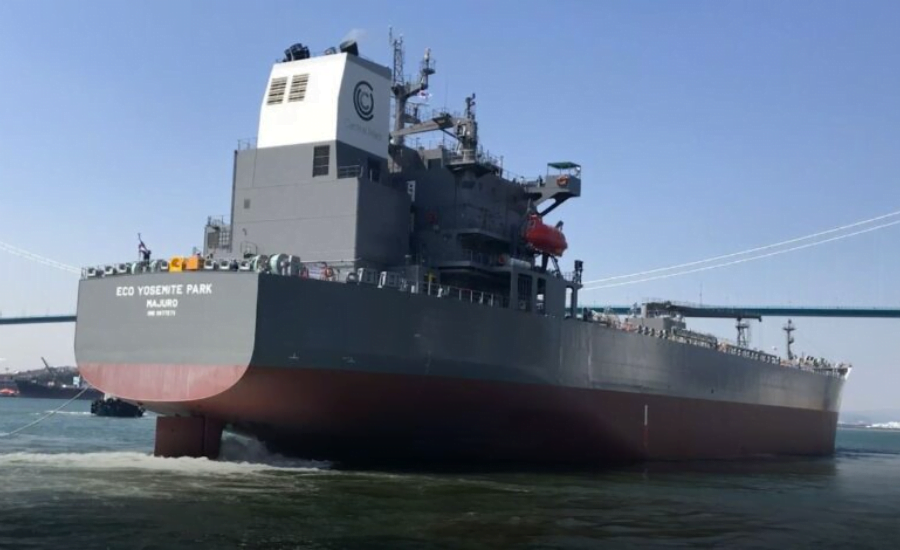
An ocean biome is a community of organisms that exist in the ocean. The ocean biome is the largest biological community that supports and also enables a diverse range of marine life to thrive and survive. The ocean biome is home to all kinds of marine life, from fish to whales and also other exotic creatures. Simply put, a biome is a community in which living organisms breed and also live. And given the vastness of Earth’s water bodies and their surface extent, ocean biomes are the most widespread communities that support life. However, marine biomes are not as simple as they seem. Marine biomes contain a wide variety of marine life and are diversified into different zones. They also provide the necessary support for the survival of marine animals. These zones are special areas where a variety of marine life can breed and also exist.
The Zone Marine Biome Is Mainly Divided into Four Zones:
- the intertidal zone
- the deep-sea zone
- The pelagic zone or open ocean,
- the benthic zone.
Intertidal Zone
The intertidal zone is knwon as the place where the sea and land meet. This is an area where water levels are constantly changing due to the ebb and also flow of the tides, so the life in this ocean biome zone is also different. Molluscs, starfish, crabs, algae, and crabs are some of the life forms found in this marine biome zone.
Abyssal Zone
Abyssal Zone is a zone located at the deepest part of the ocean. And it is a zone of the marine biome where there is not much marine life because there are fewer nutrients available for marine life to survive. This marine biome zone is primarily home to bacteria and marine invertebrates.
Pelagic Zone
A pelagic zone or open ocean is a marine biome zone found in the open ocean. Due to the diversity of climates in these bodies of water, a wide variety of marine life is found in this marine biome zone. Due to the diversity of the climate, where warm and cold seawater often mix to create a temperate climate, the main marine species found in this marine biome zone are dolphins, whales, and sharks.
Benthic Zone
The last marine biome zone is the benthic zone. This ocean biome zone is part of the ocean biome below the pelagic zone. The main species of marine flora and also fauna in this marine biome zone are algae, fungi, bacteria, and sponges. In addition to these four main types of marine biome zones, there are also coral reefs that function as marine biomes.
Australia’s Great Barrier Reef
Australia’s Great Barrier Reef is a prime example of how coral reefs function as marine biomes and support the survival of marine life. Although marine biomes contribute significantly to the survival of marine life, flora and fauna, it is important to note that in recent years, many such marine biome zones have been threatened with extinction due to pollution and degradation.
Human development is beginning to take a toll on the existence of marine life, on which even humans depend on marine life for their basic needs for food and other products. Hence, it is imperative that we begin taking steps to rectify our botch and attempt to make the exhausting sea biome zones flourish once more, not only for the purpose of marine animals but also for the purpose of our display necessities and future eras to come.
Significance
The sea biome is of colossal significance for a few reasons, extending from its part in directing the Earth’s climate to giving food and employment to millions of individuals. Here are a few key reasons why the sea biome is significant:
1. Climate Control:
The sea plays an imperative part in directing the Earth’s climate by retaining, putting away, and also redistributing warmth over the planet. Sea streams transport warm water from the equator to the shafts and cold water from the posts to the equator, making a difference in direct temperatures and direct climate designs. Furthermore, the sea assimilates critical sums of carbon dioxide from the air, acting as a basic carbon sink that makes a difference in moderate climate alteration.
2. Biodiversity Hotspot:
The sea biome underpins a differing cluster of life shapes, from minuscule tiny fish to the biggest creatures on Soil, such as whales and sharks. Coral reefs, mangrove timberlands, and kelp timberlands are among the foremost organically profitable environments, giving living space, nourishment, and also breeding grounds for countless species. Sea biodiversity isn’t as it were environmentally profitable but, moreover, financially critical for fisheries, tourism, and pharmaceutical inquiries.
3. Food Security:
The sea could be a imperative source of nourishment for millions of individuals around the world. Angle and other fish give a noteworthy parcel of the protein admissions for billions of individuals, especially in coastal communities and creating nations. Feasible administration of marine assets is fundamental to guarantee nourishment security and avoid overexploitation of angle stocks.
4. Financial Significance:
The sea underpins a wide run of financial exercises, counting shipping, exchange, tourism, and seaward vitality generation. Oceanic transport is the spine of worldwide exchange, encouraging the development of merchandise between nations and land masses. Coastal tourism produces noteworthy income for coastal communities and economies, whereas seaward oil and gas investigation gives important vitality assets.
5. Climate Direction:
The sea plays a significant part in directing the Earth’s climate by retaining and putting away warm, as well as by trading gasses with the environment. Sea streams redistribute warmth around the globe, impacting climate designs and climate systems. Moreover, the sea assimilates carbon dioxide from the climate, making a difference in moderating the impacts of climate alteration by decreasing nursery gas concentrations.
6. Oxygen Generation:
Phytoplankton, infinitesimal marine plants, create a noteworthy parcel of the Earth’s oxygen through photosynthesis. These minor living beings occupy the sunlit upper layers of the sea and play a basic part in carbon cycling and oxygen generation. Solid seas with copious phytoplankton populaces are basic for keeping up oxygen levels within the air and supporting life on Soil.
7. Social Centrality:
The sea has significant social centrality for numerous coastal communities and innate people groups around the world. It is central to conventions, customs, and otherworldly convictions, serving as a source of motivation, food, and character. The sea too gives recreational openings for swimming, surfing, plunging, and other water-based exercises, enhancing the lives of millions of individuals.
Conclusion
Overall, the ocean biome may be a basic component of the Earth’s biosphere, giving fundamental biological system administrations, supporting differing shapes of life, and maintaining human well-being. Ensuring and preserving the sea is basic for guaranteeing a sound planet and a maintainable future for eras to come.










